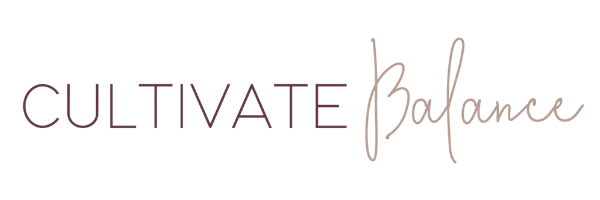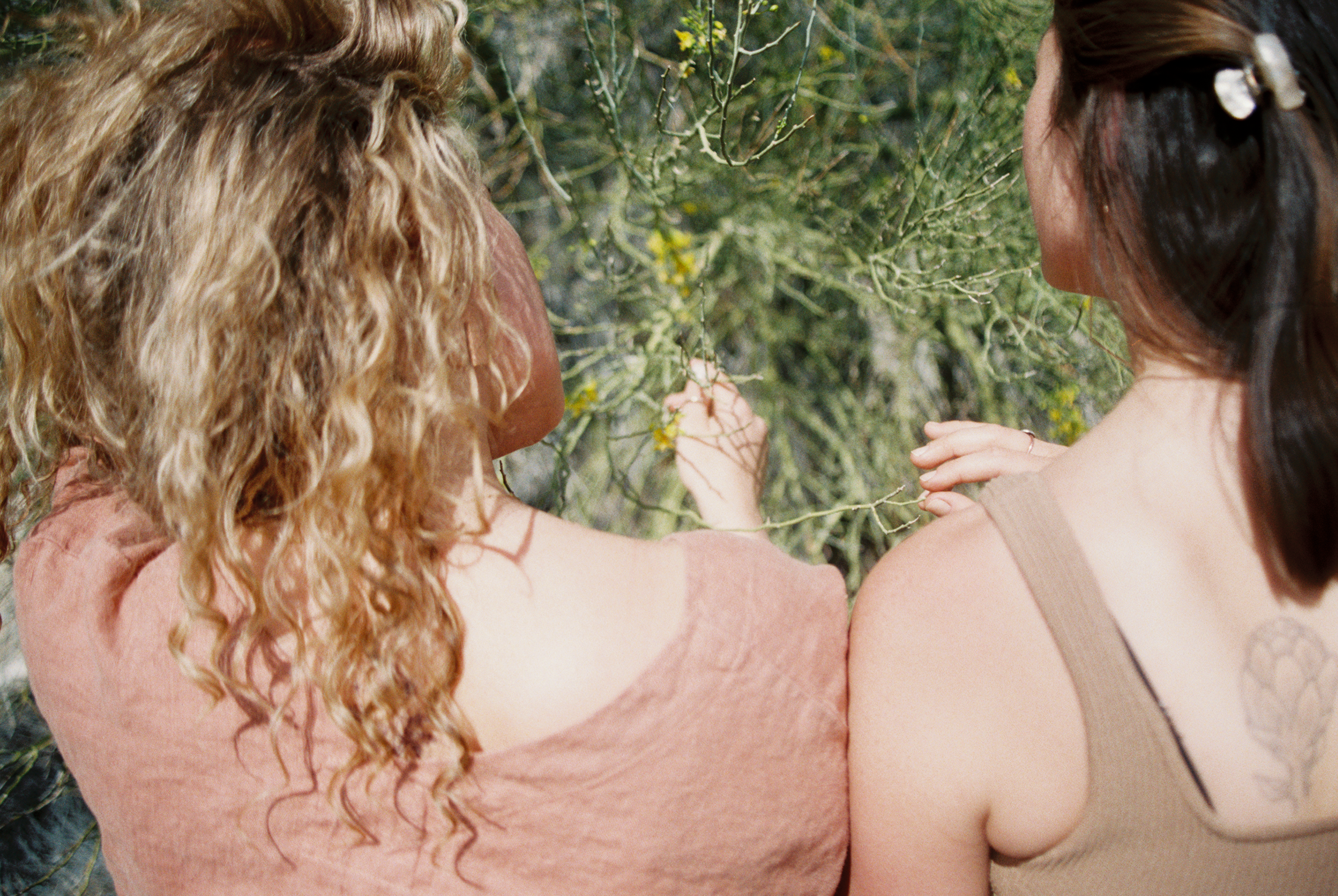Ok, real talk…
Do you ever look up from your computer and realize you haven’t had a sip of water all morning?
Maybe you forgot to eat lunch …again?
Are you prone to holding your bladder for hours?
Can you remember the last time you woke up feeling well-rested?
We are living in an attention economy.
In the age of technology, media and over-stimulation, it is easy to miss the messages coming from our bodies. The constant flow of media vying for our attention encourages us to exist in a space of instant gratification, minimal satisfaction, and “quick fixes” — often coming at the cost of long-term happiness and wellbeing.
The trouble is, when basic needs are continuously ignored or de-prioritized, the flow of energy in our subtle channels gets disrupted and other discomforts often manifest.
This can show up in the mind as difficulty focusing, low motivation, lack of inspiration, and feeling just… off. Beyond that, it can also become especially difficult to tap into the the even more nuanced needs that enable emotional wellbeing and boundary setting.
Can you relate?
Our modern world is also depleting prana, tejas, and ojas.
Ayurvedically speaking, putting too much attention toward technology and media evokes a less present or embodied version of ourselves, which actually depletes prana. Prana, the subtle essence of vata, moves us toward life and toward a feeling of aliveness. It enables us to feel inspired and to envision new possibilities.
Too much screen time can also disregulate tejas, the subtle essence of pitta, which lights us up from the inside out. Balanced tejas evokes curiosity and action. Imbalanced tejas can quickly lead to exhaustion, confusion, difficulty relating to your purpose in a balanced way, and a sense that your cells are in a state of miscommunication.
Ojas, the subtle essence of kapha, also suffers under the influence of the attention economy. Ojas acts as our emotional padding to the outside world. It is what enables us to bounce back from difficult situations by tapping into resilience. Unfortunately, when ojas is worn down by the chaos and overwhelm of constant stimulation, this padding depletes more quickly than it can be replenished. Such depletion is a form of burnout and can lead to unforeseen challenges.
The practice of slowing down and stepping away from the chaos allows us to get curious about what is happening beneath the surface.
Turning away from the distractions that deplete our attention, so that we can intentionally reset, is a practice that we must return to again and gain. That’s because how we distribute or hone our focus is one of our greatest assets. Not only does this sharpen our ability to focus when it matters most, but it allows us to identify and articulate our needs, while creating more space for us to envision new possibilities.
A daily commitment to stillness allows us to re-acquaint with our embodied experience, the nuances of humanity, and what it truly means to live in relationship to the world around us.
The thoughts and sensations that reveal themselves in moments of stillness offer us important information. This is how we begin to honor our cravings as valuable information.
So, this is your invitation to reflect on your experience of stillness.
When you take a moment to be still, what do you notice?
How does it feel to be in your body? ...to be with your mind?
Where does your attention go? What happens when you bring it back?
As you continue to give yourself permission to pause, what deep cravings come to the surface?
Is your being longing for rest? …movement? …nourishment? …connection? ..simplicity?
“To do nothing is to hold yourself still so that you can perceive what is actually there.”
Jenny OdelL
As you are reminded of the intrinsic value of your attention, do you find yourself longing to replenish, restore and reevaluate what actually matters? I know I do.
Do you sometimes feel like your attention is in so many places that it can be difficult to figure out what you actually need? Maybe you see people living their lives on social media and feel like they must have it figured out… so what they’re doing, but it doesn’t feel like you. At some point, you may realize that you don’t know what feels like you any more.
Do you notice yourself longing for the simplicity that would allow you to reconnect with yourself and come home to your body, but completely overwhelmed by what it would take to get there?
Are you craving some kind of reset or personal retreat where you pause, regroup and recommit to what feels good in your body?
As you you feel into whatever your are feeling right now, see if you can begin to tune in and listen to what your body and mind are asking for.
Perhaps what you’ll hear is the request for to stay in the pause, to take a walk, to get our your journal.
In a lot of ways, the desire for a reset is a call to revisit the practice of listening.
First and foremost, listening to our bodies.
Then, listening to the needs of our communities and the planet.
There is so much powerful information available to us, but we might miss it… if we’re not in the practice of listening deeply and with intention.
In order to actually hear what is being expressed around us, we must be settled in our own center. To truly listen is to be embodied. We must be comfortable within our skin so as not to be distracted by the constant question of enoughness. We cannot hear others, or truly understand the root of a challenge if we are not calm and clear within ourselves.
“Our entire future may depend on learning to listen.”
adrienne maree brown
To truly be able to listen, we must also cleanse the mental ama (toxins) — ridding ourselves of the cycle of distractions in our minds that hold us back from who and how we want to be in the world. To effectively hear and understand the messages we are receiving in the world, from our loved ones and from the Earth, we need to begin the process of decluttering the mind — finding moments of stillness and greater access to inner peace. This will give us the clarity we need to move forward with a fuller sense of awareness.
So, how do we become better listeners?
Like all things, listening is a practice.
To begin, we must come back to our bodies through sensory engagement. Then we engage in a process.
What is the process of listening?
Slow down
Get quiet
Observe and notice
Be curious
Ask questions (to others or to yourself)
Fortunately, because listening is an ongoing practice (and a process), there’s no one way to do it perfectly. So, try it. And then give yourself grace when you forget the practice, remember and try again.
Eventually, you may notice yourself remembering how to exist in a state of active listening more frequently. And as your grow and evolve as a listener, you will get to know yourself better. Taking on a shape that feels both new, and familiar. We become ourselves each day. With practice.
The result of practicing listening is...
A deeper understanding of self and others
A greater ability to get to the root of what is happening
An openness to creative solutions
The process of learning to listen to our bodies also supports us in many tangible ways. It allows us to more naturally step into practices that enhance immunity, soothe digestive discomforts, enable us to feel energized and inspired, and brings clarity to the mind.
And, we are finding more and more that the practice of learning to listen (internally) to our own bodies, has made us better listeners (externally) to what is happening around us.
So, we begin the simple practice of listening to our bodies first.
Which enables us to then listen more clearly to others. And the planet.
In doing so, we become more embodied, more connected to our center.
And life becomes a more sensual experience.
Somehow, amidst all of this chaos, it feels possible to save ourselves… and this planet, in a relatively short amount of time. But if and only if we commit to the deep and sensual practice of listening, which begins within ourselves.
To explore the practice of listening to your body in a community of others committed to doing the same, join us for the Reset for Resilience. Through the lens of intersectional Ayurveda, you will be given the tools to come home to your body. You will be invited to create space for rest, as a means of cultivating resilience and deepening your relationship to self.
The Reset for Resilience is about remembering how to listen.
We created The Reset for Resilience to support our community in this process, while creating a culture of resilience. If you’re at all curious, we invite you to honor that curiosity and join us.
Our work is intentionally designed to be in service of movement-builders, thought-leaders, activists, and change-makers. We are deeply inspired by (and grateful for) the contemporary teachings of adrienne maree brown, Tricia Hersey and Jenny Odell.
The Reset for Resilience is the ideal way to support your body to do its best, while inviting you to create meaningful space for inspiration, reflection and restoration.
Immerse in this 28-day rejuvenation program, from wherever you are — and be led by Sierra and Molly, the Certified Ayurvedic Practitioners of Cultivate Balance — each October and April.
The Reset will support you to embody joy and balance, enabling you to co-create a more compassionate world.
Written by Molly McConnell, Certified Ayurvedic Practitioner




